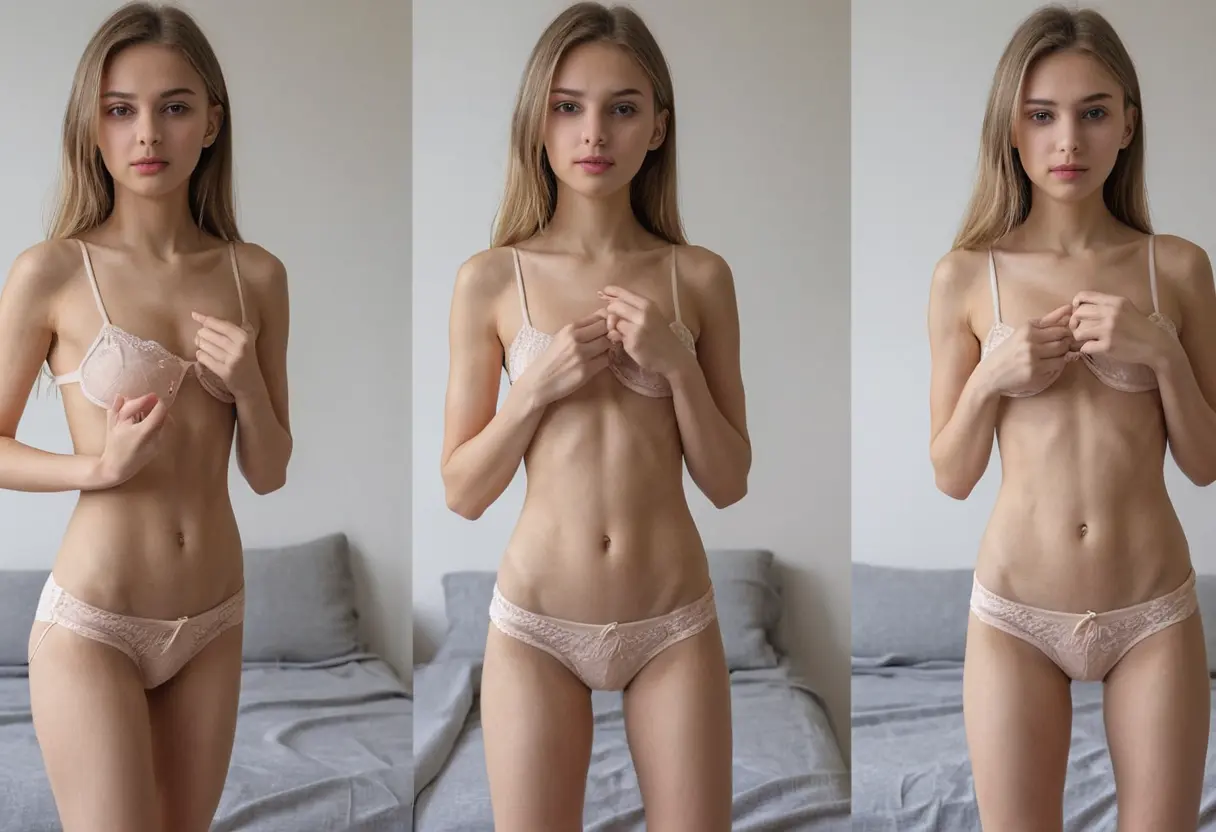In recent years, the use of artificial intelligence (AI) to generate and manipulate images has garnered significant attention. One particularly controversial application of AI is the development of tools like Undress AI, which uses machine learning algorithms to create nude images from clothed ones. This technology raises both technical and ethical concerns, as it can potentially be misused for nefarious purposes. However, understanding the underlying AI technologies can help us grasp how these tools work and why they have sparked such debates. In this article, we will explore the various aspects of the technology behind Undress AI, including how it functions, its underlying machine learning models, and the potential implications for both developers and society at large.
Undress AI is an AI-based tool that uses advanced algorithms to process and generate images of human figures. Its core functionality revolves around deep learning models, particularly generative adversarial networks (GANs), which are capable of generating realistic, high-quality images from partial data. These tools typically work by analyzing the input image, extracting key features such as clothing, body shapes, and poses, and then using this information to 'predict' what the unclothed version of the individual would look like.

The AI system is trained on large datasets containing thousands or even millions of images of human bodies in various poses and clothing. Through this extensive training, the AI learns the visual patterns associated with the human body, clothing, and skin, which it can then use to extrapolate missing information from a partially clothed image.

The backbone of Undress AI is deep learning, which is a subset of machine learning that deals with neural networks capable of learning from large amounts of data. Specifically, the models most commonly used in this technology are Generative Adversarial Networks (GANs).

GANs consist of two neural networks that work together to create images: a generator and a discriminator. The generator’s task is to produce realistic images based on the input data, while the discriminator evaluates whether the generated images appear realistic. Over time, the generator improves by learning to create more convincing images, while the discriminator refines its ability to tell real from fake. This process continues until the generator produces images that are almost indistinguishable from real photos.
Through this iterative process, Undress AI can generate realistic nude images based on the input image. However, the quality of these images is highly dependent on the quality and diversity of the dataset used to train the AI system.
For Undress AI to function effectively, it requires vast amounts of data to train its neural networks. These datasets are typically composed of a combination of images, both clothed and unclothed, along with other metadata such as body shape, pose, and clothing type.
The quality of these datasets directly influences the accuracy and realism of the generated images. If the dataset lacks diversity or contains biases, the AI-generated images may exhibit flaws, such as unrealistic body proportions or skin tones. In addition, the dataset must be carefully curated to ensure that it includes images that represent a wide range of body types, ethnicities, and poses. Without this diversity, the AI can inadvertently perpetuate stereotypes or create images that are not representative of real human bodies.
While the technology behind Undress AI is https://www.undressaitool.com/fascinating, it also raises serious ethical concerns. The ability to generate nude images of individuals without their consent is a violation of privacy and can lead to severe consequences for the individuals involved.
One major concern is the potential for deepfake technology to be used for malicious purposes, such as harassment or revenge porn. The ability to create realistic yet entirely fabricated images could allow perpetrators to harm others, leading to significant psychological and emotional distress. Moreover, the misuse of AI-generated nude images could lead to legal issues, as it may be considered a form of digital assault or identity theft.
There are also questions regarding the responsibility of developers in ensuring that their AI systems are not misused. While some argue that the technology itself is neutral, others contend that developers have a duty to implement safeguards to prevent harmful applications of their AI tools. This has sparked debates over regulation and oversight of AI technologies, particularly those that involve the manipulation of human likenesses.
Looking ahead, the evolution of AI-generated content, such as Undress AI, could have profound implications for a variety of industries. In the entertainment and fashion sectors, AI-driven tools may be used to create hyper-realistic virtual models or simulate clothing designs. However, the potential for misuse remains a significant challenge.
As AI technology continues to improve, it is likely that the lines between real and artificial images will become increasingly blurred. This could lead to a rise in digital deception, where individuals or organizations manipulate images to create false representations of reality. The consequences of such manipulation could be far-reaching, impacting everything from social media to advertising, and even political campaigns.
In response, regulatory bodies may need to implement stricter guidelines to ensure that AI-generated content is used ethically. This could involve the development of tools to detect AI-generated images or the introduction of laws that govern the creation and distribution of digitally altered content.
Undress AI is a prime example of the powerful capabilities of modern machine learning, particularly the use of GANs to generate realistic images. While the technology itself is fascinating, it raises serious ethical and legal questions, particularly regarding privacy and the potential for abuse. As AI continues to advance, it will be crucial for developers, lawmakers, and society as a whole to carefully consider the implications of such technologies and work together to ensure they are used responsibly and ethically. The future of AI-generated content is filled with both opportunities and challenges, and it will be essential to balance innovation with caution to protect individuals’ rights and well-being.

How Undress AI Was Hacked and What It Means for Privacy Security

The Impact of AI on Photo Manipulation and Virtual Clothing Removal Techniques

Explore Undress AI Free Online Tool for Effortless Image Editing

Exploring the Future of AI Tools for Automatic Image Modification and Adjustment

Exploring AI Powered Tools and Their Impact on Discord Servers

How to Use Undress AI Without Creating an Account